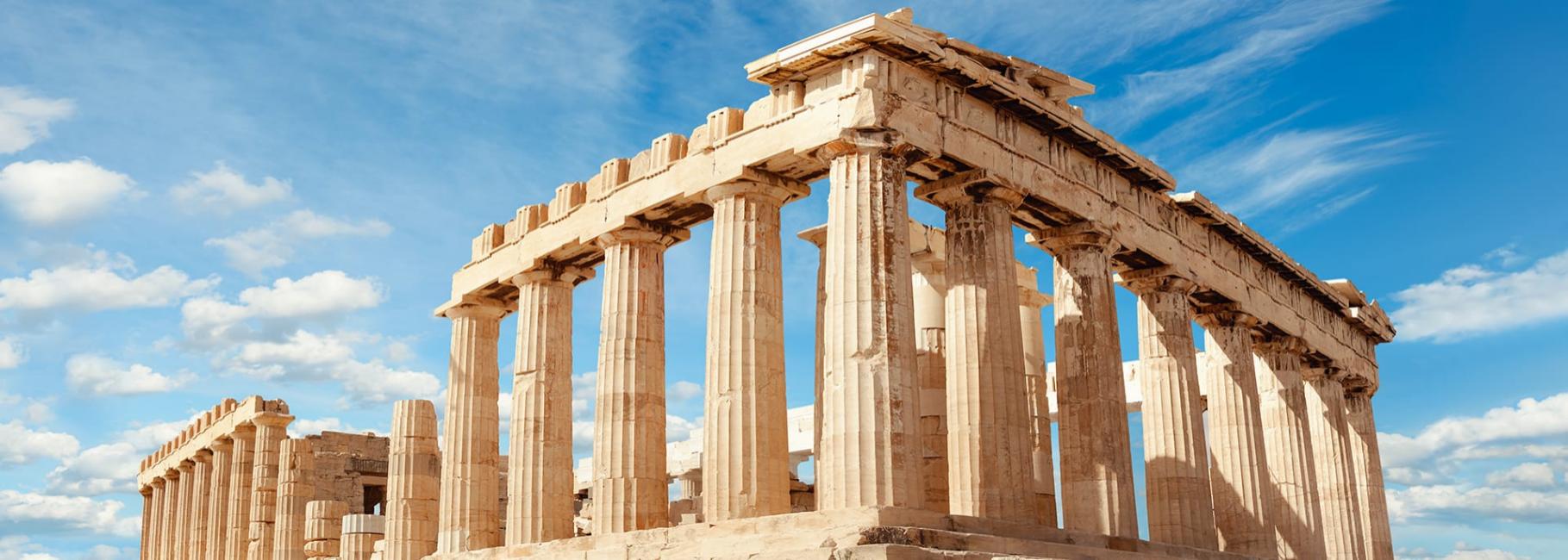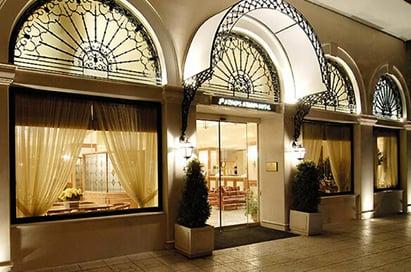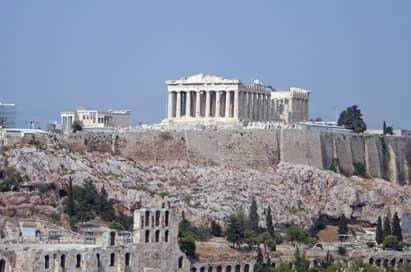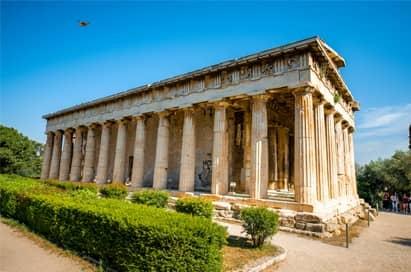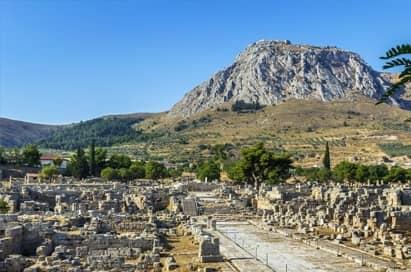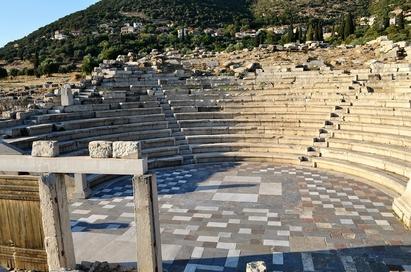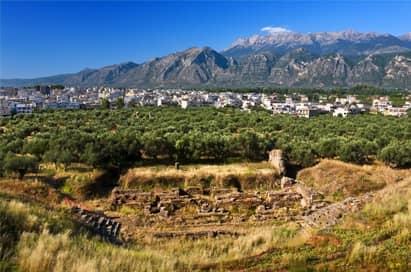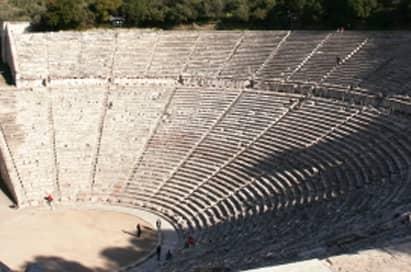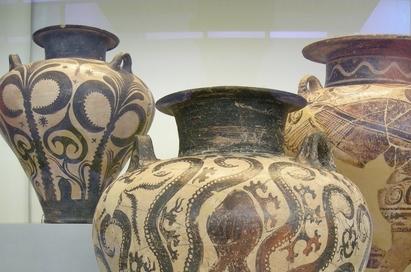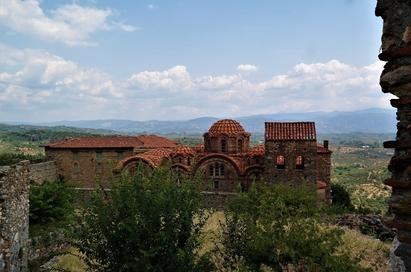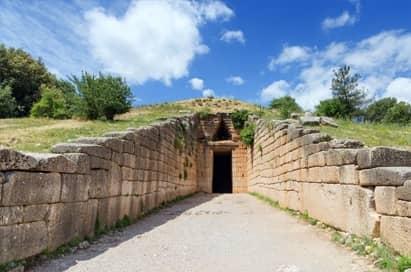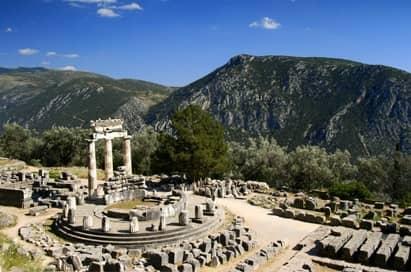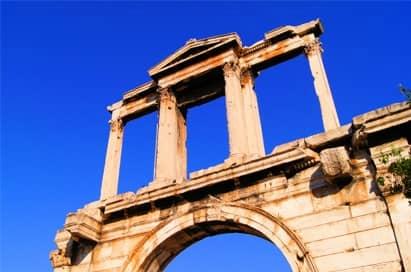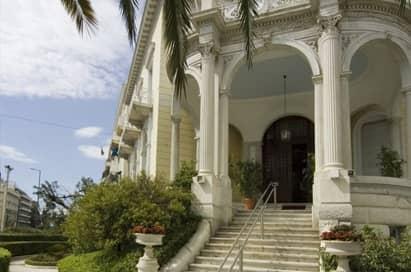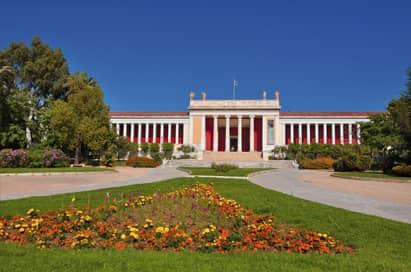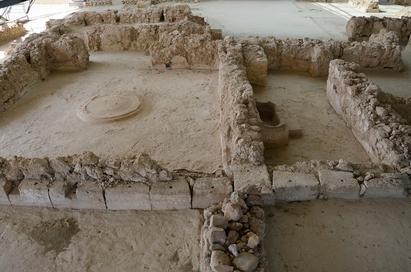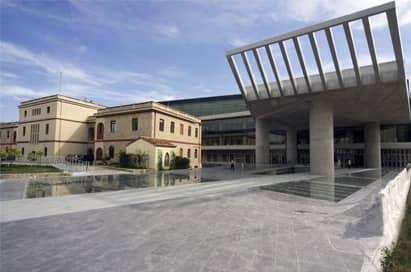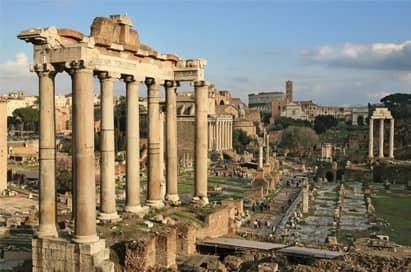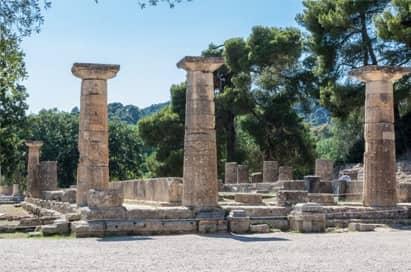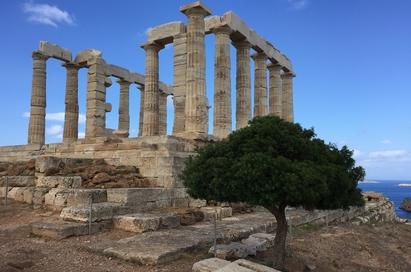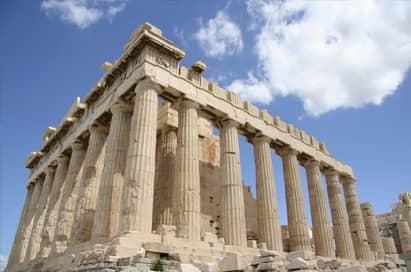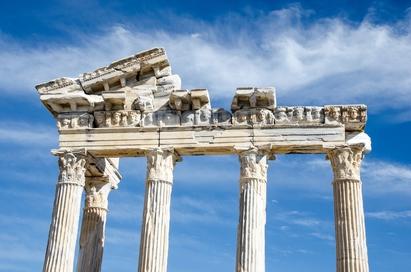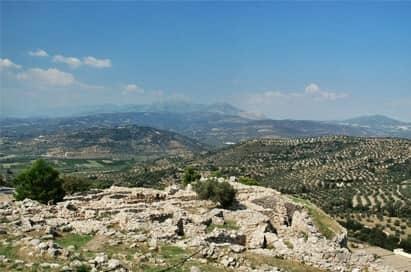Classics & Archaeology Trips to Athens
School Trips to Greece offer a land of mystery where myths about gods, heroic acts, mythical creatures and great philosophers reverberate around historic sites that have stood for four millennia. From Olympia in the west to Mycenae and Delphi, the sheer number of historic sites is astounding.
No visit to Greece is complete without school trips to Athens where you will find a modern and bustling capital with a pervading sense of its classical past as it lives in the shadow of the Acropolis and the mighty Parthenon.
Prices start from£649pp
Price Shown includes
- Return Air Travel
- 3 nights Half Board Accommodation
- Specialist Group Travel Insurance
- Bespoke itinerary planning service
- Free Place Ratios
- Online trip organiser & Travel App
- 24/7 support whilst you are away
Places to Stay
Greece destinations
This is a small sample of the available accommodation options. For expert advice on the most suitable accommodation to suit your group's specific needs speak to one of our expert Tour Consultants today.
Reasons to Visit
We Make Trip Planning Easy
- Day to day support and advice from our team of travel experts
- Easy-to-view online tour quotation
- Market-leading trip organiser portal, My Tour Manager
- Free Resources and templates to help launch your trip
- Email reminders to keep you on track
- Free and completely personalised Travel App to access your information on the go
- Risk Assessment advice so you can make an informed decision on every tour component
- Teacher Inspection Visits

